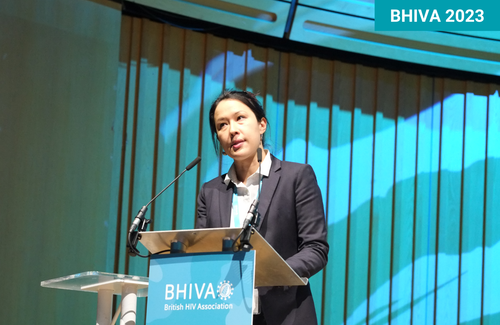
Despite recommendations for universal screening, less than 1% of people attending emergency departments in the United States are tested for HIV, with no improvement in recent years, according to a report published in the journal AIDS.
In the US, about 13% of people living with HIV don’t know they have it. Emergency departments are key settings for increasing HIV testing and reducing undiagnosed HIV. In the US, they often serve as a safety net for people who are uninsured or have barriers to using other health services, and may be disproportionately affected by HIV. Blood samples are routinely taken, so HIV can easily be included in a battery of tests.
Numerous pilot projects and implementation studies have shown that when attention and resources are focused on HIV screening, emergency departments can achieve a high uptake of testing, make new diagnoses, and help previously diagnosed people re-engage with HIV care. While many of those studies have come from the US, a large programme in several English cities recently reported that 57% of people attending emergency departments were tested for HIV.
Since 2006, the Centers for Disease Control and Prevention (CDC) has recommended opt-out HIV testing for patients aged 13 to 64 in emergency departments and other healthcare settings where the local prevalence of HIV infection is greater than 0.1%. People with risk factors for HIV should be screened at least once a year. A similar recommendation from the US Preventive Services Task Force (USPSTF) should mean that insurers cover the cost of HIV testing.
In the years before the 2006 guideline, just 0.3% of people attending emergency departments were screened for HIV. The latest data show only a small improvement since then.
Data come from National Hospital Ambulatory Medical Care Survey (NHAMCS), a nationally representative annual survey that includes data on services provided in emergency departments, from 2014 to 2020. For this analysis, only visits by people previously undiagnosed aged 13 to 64 were considered.
Each year between 2014 and 2017, between 0.5% and 0.7% of attendees were tested for HIV, rising to 1.1% in 2018. Testing then decreased to 0.8% in 2019, although this was the year in which the Ending the HIV Epidemic in the US initiative was launched and put a new emphasis on testing programmes in order to reduce undiagnosed HIV. In 2020 the COVID pandemic meant that fewer people used emergency departments and their staff were overstretched – the absolute number of HIV tests declined but the proportion of patients tested remained stable at 0.8%.
In 2020, HIV testing was more frequent in urban than rural areas (0.9% vs 0.2%) and in the north-east than in the south (1.6% vs 0.5%). In rural areas of the south, less than 0.1% were tested. HIV testing was more frequent for people under the age of 35 compared to people over 35 (0.9% vs 0.7%), Black people compared to Latino or White people (1.5% vs 0.8% vs 0.5%), and people covered by Medicaid than people with commercial insurance (1.0% vs 0.6%).
Of people attending with a problem that might be associated with HIV – such as a sexually transmitted infection, pregnancy or sexual abuse – 5.1% were tested.
The authors say that system-level interventions, such as strengthening opt-out procedures and testing platforms, or programming electronic health records to suggest HIV testing when patients have risk factors, can boost testing rates. But they say that emergency departments will need extra resources – funding, staffing, and support systems – to achieve this.
Clay CE et al. Estimates of HIV testing at Visits to U.S. emergency departments, 2014–2020. AIDS, online ahead of print, 11 October 2023.
DOI: 10.1097/QAD.0000000000003750

